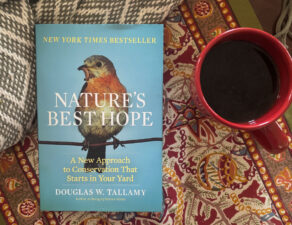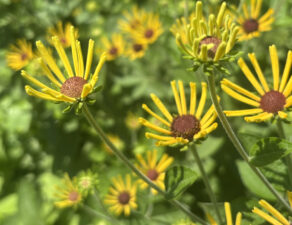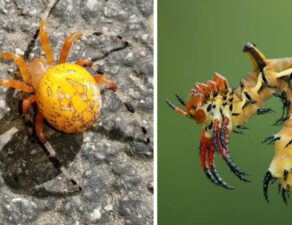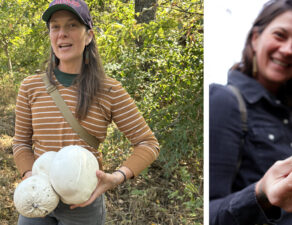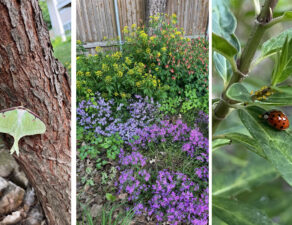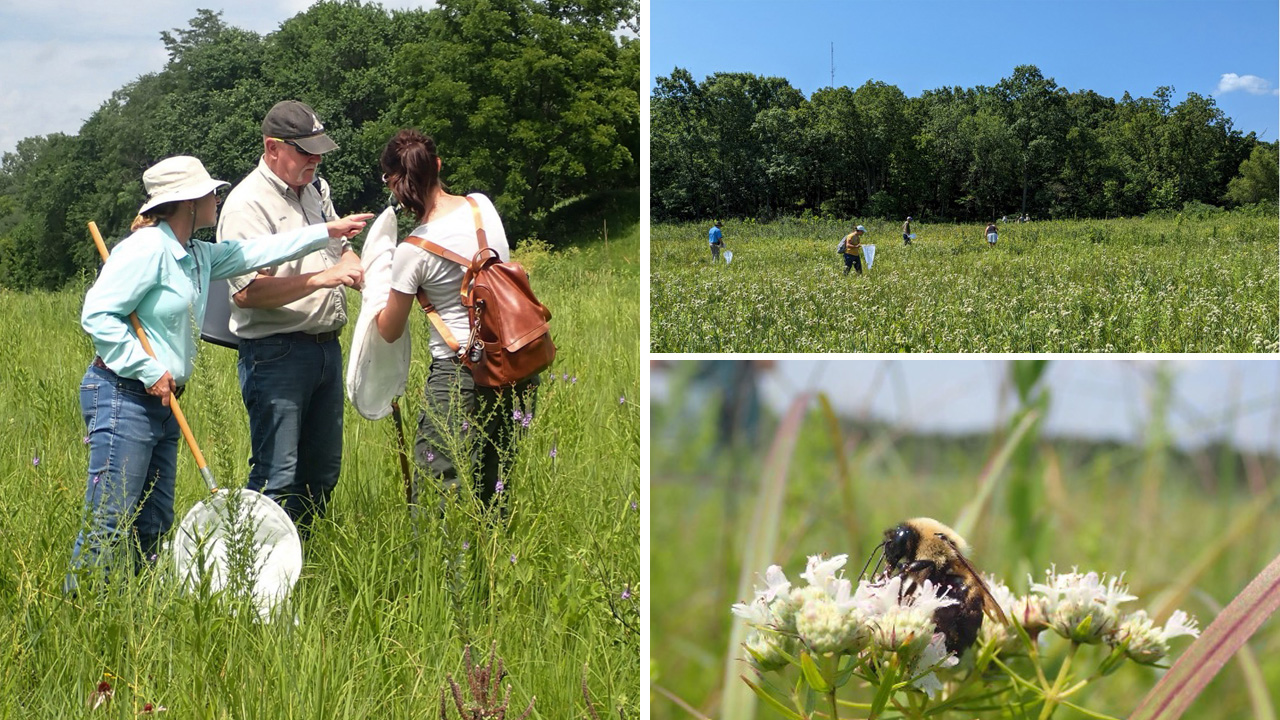
Guest Authored By: Genevieve Pugesek, Conservation Biologist at The Xerces Society for Invertebrate Conservation
Photos: Left: Xerces Society/Katie Lamke; Top Right: Ozark Rivers Audubon/Linda Frederick; Bottom right: Xerces Society/Katie Lamke
The Missouri Bumble Bee Atlas is a statewide community science project focused on tracking and conserving our native bumble bees. Bumble bees are important pollinators of native wildflowers, like lupine, shooting stars, and milkweed, as well as crops like tomatoes, berries, and squash. Unfortunately, these insects are experiencing decline and face an uncertain future. Of the 11 bumble bee species that live or once lived in Missouri, four are considered threatened or endangered. To better conserve bumble bees, we need to learn more about their current distributions, habitat needs, and responses to land management.
Thanks to the hard work of volunteers across the state, the Missouri Atlas has already made enormous strides in understanding the distributions and habitat needs of these important pollinators. However, we still have a lot to learn about bumble bees and could use your help.
Joining a community science program isn’t just a great way to make a difference — it’s also a great way to learn about new topics, get outside, gain experience with research, and have fun! Anyone is welcome to join the Bumble Bee Atlas–no previous experience is necessary.
To get started or learn more about the project, visit www.bumblebeeatlas.org/pages/missouri.
The Missouri Bumble Bee Atlas is a collaboration between the University of Missouri, the Missouri Department of Conservation, and the Xerces Society. You can contact us at mobumblebees@xerces.org if you have questions about getting involved!

